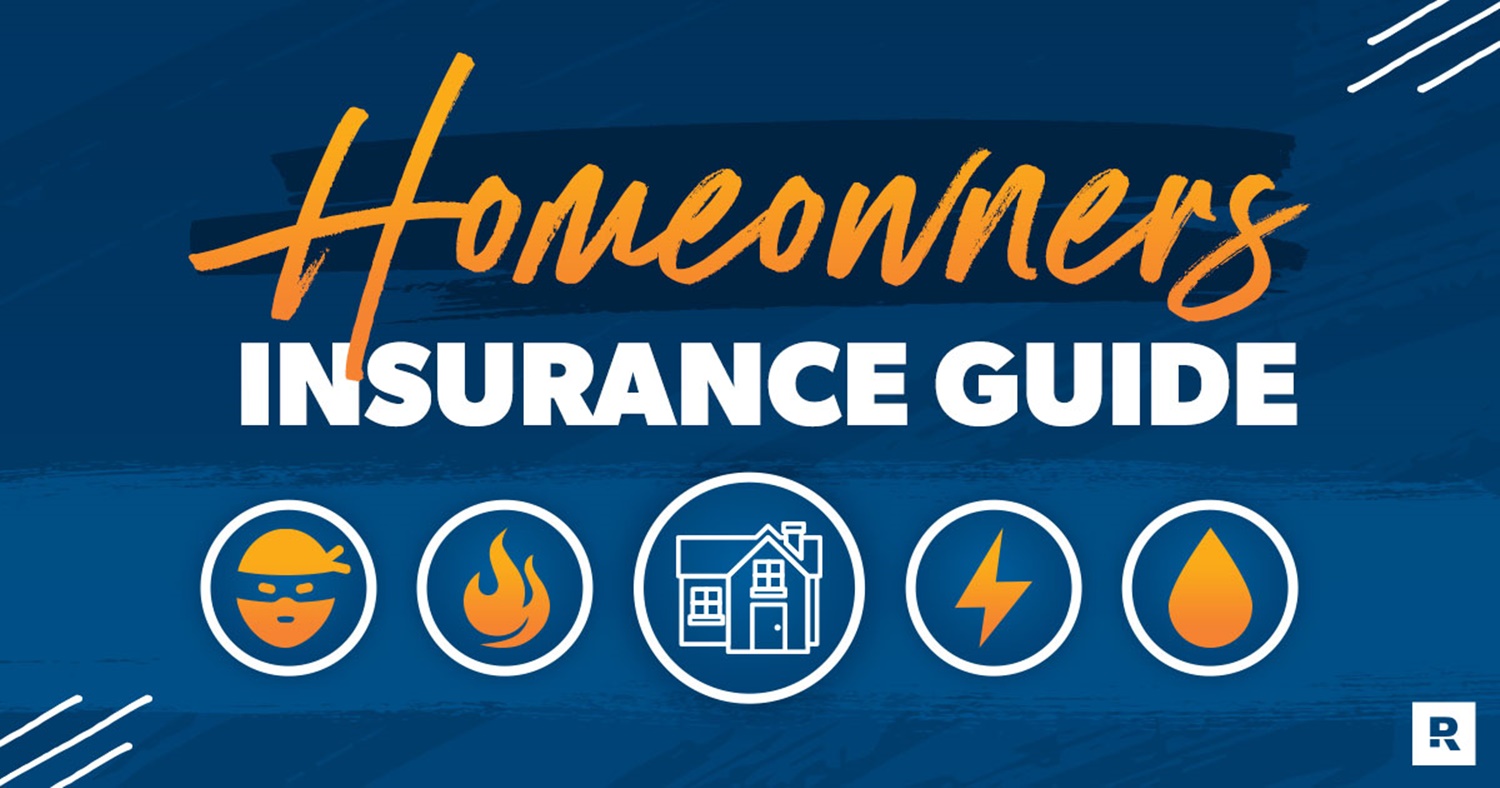If your mortgage payment is no longer affordable, you can refinance the loan, ask the lender for help, or check out your insurance options.
The simplest way to lower your mortgage payment is with a refinance. But it’s not the only way. Even if rates are high and a refi doesn’t make sense, there are other strategies you can explore to drop your payment and save money.
However, there are other ways to reduce what is usually your largest monthly expense. We’ll explain those options below to help you find a good fit to shrink your monthly housing expense.
Here’s a rundown on how to lower your mortgage payment:
■ Refinance your mortgage to a lower rate
■ Refinance to a longer term mortgage
■ Remove private mortgage insurance
■ Apply for mortgage forbearance
■ Request a mortgage recast
■ Shop for homeowners insurance
■ Apply for a mortgage loan modification
How to lower your mortgage payment
Here are some different ways you can lower your monthly mortgage payment.
1. Refinance your mortgage to a lower rate
One of the best ways to lower your mortgage payment is by refinancing your home loan. As a rule of thumb, a mortgage refinance is probably worth it if you can shave at least 0.75% off your current mortgage rate. This will ensure you’re saving money on interest even after you factor in closing costs, as long as you’re planning on having the house for a bit.
Here are some of the major refinance options, by loan type:
■ FHA loans: If you’ve had an FHA loan for at least seven months, you might be eligible for a streamline refinance, which requires less paperwork. The lender will check you’ve made your last six payments on time and will verify your assets for closing costs. But they won’t need to verify your income or appraise the home.
■ USDA loans: Home loans backed by the U.S. Department of Agriculture might be eligible for the streamlined assist program. To qualify, the lender will check you’ve made timely payments for the last 12 months and that your income falls below the limit,but you won’t need a home appraisal or credit check. You also must save at least $50 per month in the refinance to be eligible.
■ VA loans: U.S. Department of Veterans Affairs loans might be eligible for the Interest Rate Reduction Refinance Loan (IRRRL) program.You’ll pay a lender fee that’s equal to 0.5% of the loan amount.
■ Conventional refinance: There’s no streamline refi option for loans backed by Fannie Mae and Freddie Mac. When you refinance the mortgage, your lender will verify your income, review your debts, and pull your credit.
If you’re ready to lower your mortgage payment, refinancing can be a great option. Just be sure to shop around and consider as many lenders as possible. With Credible you can compare prequalified rates from our partner lenders in the table below in just three minutes.
2. Refinance to a longer term mortgage
Getting a shorter loan term can help you pay off your debt faster, but they come with higher monthly payments.
For example, if you took out a 15-year mortgage a few years ago and realized the monthly payments are too high. Refinancing into a longer loan term can significantly lower your monthly payments.
3. Remove private mortgage insurance
You might also be able to lower your mortgage payment without refinancing. Eliminating private mortgage insurance (PMI), which protects the lender, can help lower your monthly payments.
You might be paying PMI if your down payment was less than 20% on a conventional loan, or have an FHA loan or USDA backed loan which both require PMI throughout the life of the loan. Either way, you might be able to ditch that PMI.
4. Apply for mortgage forbearance
If you’re financially struggling and can’t afford your mortgage payments, then a forbearance program might help. Forbearance allows you to temporarily pause or lower your mortgage payments for a set time frame.
5. Request a mortgage recast
Another option is a mortgage recast. This involves paying off a large chunk of your mortgage, then your lender recalculates your mortgage payments based on a lower loan balance — which results in a lower payment.
6. Shop for homeowners insurance
Homeowners insurance premiums can increase over time and push up your mortgage payment. But this part of your mortgage payment is negotiable, and you don’t have to stick with the same insurer.
7. Apply for a mortgage loan modification
If you’re experiencing long-term financial hardship, then asking for a loan modification might help lower your mortgage payments. Your lender might restructure your loan by extending the loan term, reducing your interest rate, or reducing your principal balance.
How to lower your payment while closing on a loan
If you’re still in the process of getting a mortgage, there are plenty of ways to lower your payment while closing on the loan, too.
1. Make a larger down payment
Borrowing less money from the outset will automatically shrink your mortgage payments and help you pay less interest, all else being equal. That’s because the loan is based on a smaller balance. And if you put down at least 20% on a conventional mortgage, then you also avoid PMI payments.
Example: Let’s say you took out a 30-year $200,000 home loan with a 3% interest rate. With a 10% down payment, your mortgage payments would amount to $1,059 a month. But that payment falls to $975 if you put down 20% instead. Your monthly payments drop by $84, and you end up paying about $10,000 less in interest over the life of the loan.
2. Improve your credit score
Lenders base your mortgage rate on several factors, including your credit score. Getting a lower interest rate can also help lower your mortgage payment.
Borrowers with credit scores in the mid-700s and above typically get the best interest rates. But even a small boost can help.
Pro tip: Let’s say your credit score is 685. Increasing your score to 700, for example, could drop your APR from 2.911% to 2.734% on a 30-year fixed-rate mortgage. That lowers your monthly payment by $28.
3. Choose an Adjustable Rate Mortgage (ARM)
When mortgage rates are super low, you might consider refinancing to an adjustable-rate mortgage to get a low initial rate and lower your mortgage payment. But before getting an ARM, consider if you can afford higher payments in the future. If mortgage rates rise before your rate resets, then the rate on your mortgage will increase, along with your mortgage payment.


